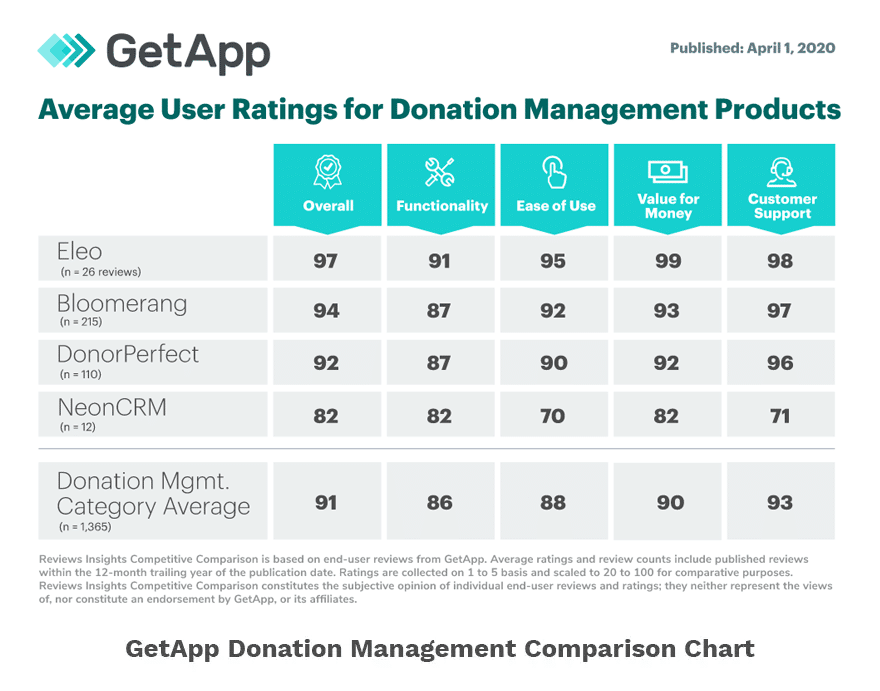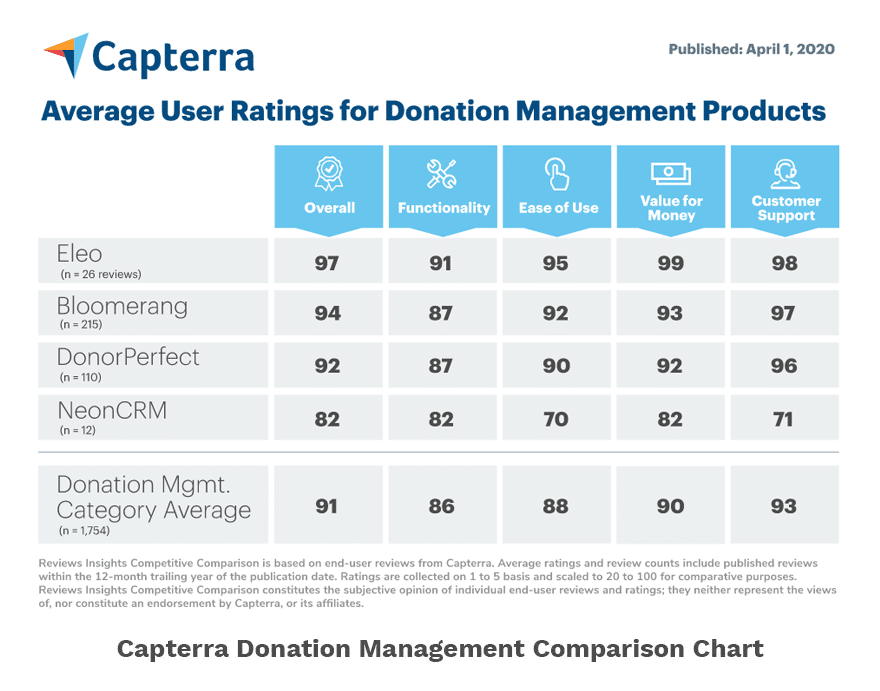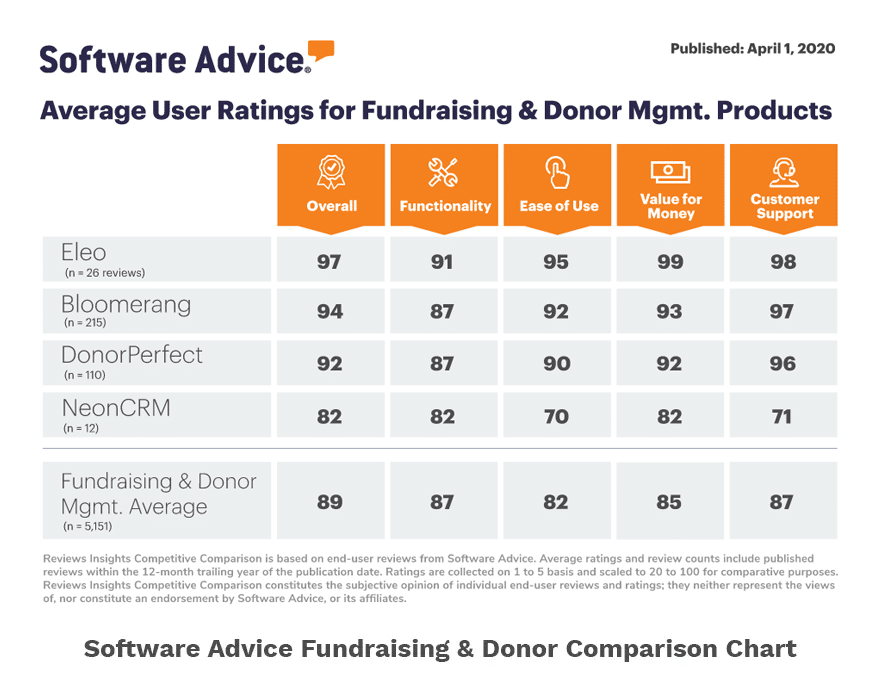
The tax reform legislation passed in December, the biggest change to American tax policy in more than 30 years, has left many businesses, families and, yes, nonprofits in a borderline state of panic. If you think you have it rough, just think about the accountants who have to sort through the bill and explain it to their clients!
Part of the reason for the somewhat frenzied state is that most of the provisions in the 185-page Tax Cuts and Jobs Act of 2017 went into effect on January 1, 2018, just weeks after the bill was passed. Another reason is the political bickering involved, which made tax reform such an emotional, hot-button issue.
We would like to encourage everyone, especially in the nonprofit community, to take a deep breath. Avoid making rash decisions and actions. The best approach to dealing with tax reform is to become educated about the provisions that are relevant to your fundraising and your donors.
To that end, we’re very fortunate that Mariana Moghadam, Certified Public Accountant and Tax Director with Sobel & Co. LLC in Livingston, NJ, was willing to share her expertise and discuss provisions of the new tax reform legislation and how they could impact nonprofit fundraising.
The Increase in the Standard Deduction
This provision might be the biggest area of concern for nonprofits. Because the new bill nearly doubles the standard deduction for individuals and married couples, fewer taxpayers are expected to itemize deductions. This may create less of an incentive to donate to Nonprofits.
The National Council of Nonprofits points out that itemized deductions would likely be out of reach for 90 percent of taxpayers. The Council estimates that this provision alone could reduce charitable giving by $13 billion per year and result in the loss of more than 200,000 nonprofit jobs.
Obviously, this isn’t exactly great news and could cause hardships for many nonprofits. However, Mrs. Moghadam points out that the news isn’t as bad as it might seem on the surface. Consider the following…
Tax Cuts
The vast majority of Americans will pay less taxes in 2018. More disposable income means more money available to donate to nonprofits. Also, the corporate tax rate was slashed from 35 percent to 21 percent. That means those businesses will be paying 40 percent less in taxes, which could translate to more corporate giving. This opens the door for nonprofits to create a more robust fundraising appeal to corporate donors.
Benefits for Wealthy Donors
Under the former tax code, the Pease limitation* reduced the benefits of itemized deductions, including charitable giving, for high-income taxpayers once their adjusted gross income reached a certain level. Because the Pease limitation has been repealed, high-income nonprofit donors will receive full benefits for those deductions, which could motivate them to give more.
Similarly, the charitable contribution deduction limit has been increased from 50 percent of adjusted gross income to 60 percent. Although the percentage of taxpayers who actually give half of their income to charity is small, those who do would have more of an incentive to give more to charity because of this provision.
Provisions that Stayed the Same
If you donate appreciated stocks and bonds, your tax deduction is based on the appreciated value of those stocks and bonds. For example, if you buy stock valued at $100, the value goes up to $1,000, and you donate that stock to a nonprofit, you take the deduction on $1,000 without worrying about capital gains.
Also, people age 70 1/2 and older may donate up to $100,000 directly from their IRA to certain charitable organizations without including that money in their taxable income. Furthermore, it still counts towards the required minimum distribution that they need to take out of their IRA. This is especially valuable if they don’t itemize, and it may continue to motivate these individuals to donate.
The point here is that analyzing the impact of tax reform on nonprofits requires you to also look at provisions of the tax code that did not change. Many of these continue to be helpful to nonprofit fundraising.
In the next post, ‘The Impact of Tax Reform on Nonprofits, Part 2’…
we’ll discuss more provisions of the potential impact on nonprofits of recent tax reform legislation, including changes to unrelated business income tax rules and excise taxes for higher education institutions and executive income.
*Pease Limitation: https://taxfoundation.org/pease-limitation-itemized-deductions-really-surtax





